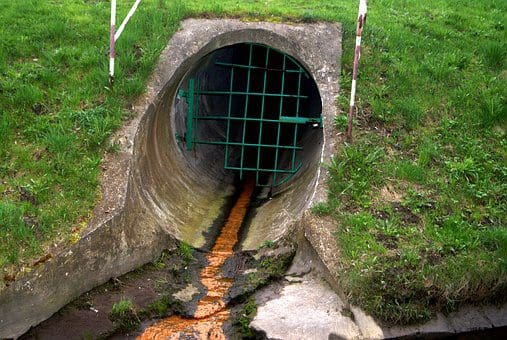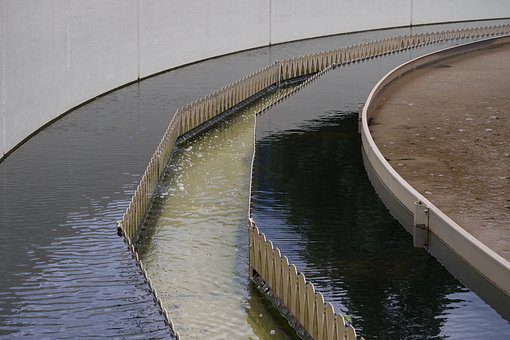Water is inarguably among the most important basic necessities of life. Apart from drinking and cooking, humanity depends on it for a wide range of uses, and these need not be emphasized. But every time you take a shower, wash your dishes, or do some laundry, what happens to that effluent water?
Of course, it is channeled over to the sewer system through your drains, and the rest is history. If the sewer channels have a problem such as clogging, corrosion, or an overload, the repercussions can be dire. It can adversely affect your comfort, convenience, and even safety. In a nutshell, it pays to have a picture of the structural look of the sewer system as a renter, homeowner, or property proprietor.
Here are five crucial things you have to know about the sewer infrastructure.
Table of Contents
Constituents of Sewer Infrastructure
A complete sewer system usually consists of various primary parts, each with a specific job to ensure the ultimate purpose is diligently served. The complexity of the entire infrastructure often varies, depending on many factors like the building size and location, design, geography, terrain, and elevation, just to name a few. Nonetheless, the four main constituents of sewerage infrastructure are as follows.
- Piping
- Septic Tank
- Drain Field
- Soil
Piping:
Obviously, wastewater from your bathroom, kitchen, and laundry room has to be channeled away through plumbing. This happens through a system of pipes that, in most cases, combine into a major outlet that drains the wastewater to a septic tank. As the major part of water & wastewater infrastructure, the pipes can have different materials, sizes, and widths depending on your needs. This is all the more reason to work with a reputed sewer infrastructure professional when constructing your building or seeking sewer repair.
Septic Tank:
Usually placed underground, the septic tank is sort of a reservoir for septic waste from your home or building. If it is not made from concrete alone, fiberglass and polythene are often used in constructing the structure. Your sewerage water will pass here before being directed to the drain field via a T-shaped outlet.
Drain Field:
In the drain field, wastewater from the septic tank gets treated by the soil, flowing into the ground in case of an overload. To avoid this seemingly nasty scenario, many people prefer having a backup drain field.
Soil:
This is where most of the wastewater undergoes microbial treatment. Here, certain contaminants are removed from the water through biological digestion. Some of these include bacteria, viruses, and toxic mineral elements usually present in effluent water. The process is absolutely critical before your sewer water reaches the ground.
Various Types of Sewer Systems
Various kinds of sewer systems exist, with notable infrastructural differences. However, the three most common types are the separate, combined, and partially separate systems. While the separate system channels surface and stormwater separately, effluent water from both industrial and domestic sources uses the same channel. The design is more economical compared to the combined system, which has more water to manage.
There is also a partially separate system, which is more suitable for small-scale usage. Water from the roof, kitchen sinks, and bathroom drain is channeled via the same pipe, while drains for other effluent water have separate sewers. There is also a self-flushing mechanism where stormwater is introduced into the sanitary sewage pipes.
Poor Sewer Infrastructure Can Have Disastrous Health Effects
This needs not be over-emphasized. Without proper sewer management, you create a breeding ground for bacteria and elevate the chances of spreading waterborne diseases and infections. This is why proper maintenance should be observed at all times throughout the sewer system. Maintenance may involve concerted efforts from property owners, governmental agencies, sewerage service providers, and everyone in society. Some crucial steps that should be taken include:
- Drain field maintenance
- Conserving water
- Regular pumping
- Overloading washing machines
- Prompt plumbing repairs
Affects Quality Of Life
No one wants to come home to find their toilet blocked or sink drain jammed. A flooded bathroom can make life feel next to impossible in your home. If waterborne health hazards and soil contamination are reduced in a town or city, citizens can live healthier and more comfortable lives. It’s easier to do business, so the living standards could be better in a city with an impeccable sewer infrastructure.

It Impacts the Environment
Poor sewer infrastructure can cause water pollution, ground wastewater pollution, and many other effects on the environment. Thanks to the aggressiveness of environmentalists around the globe, effluent wastes from industries and homes are no longer released into rivers, lakes, and other water bodies. Fish used to die, not to mention the choking of numerous other forms of aquatic life.
Finally, the sewer infrastructure may impact human safety. It can help minimize the effect of water-related calamities in times of flash floods that stem from huge storms. Mark you, a flood could come from a storm experienced hundreds of miles away! However, this will largely depend on how creatively the sewer infrastructure was designed. This basically means that a good sewer infrastructure can help save lives and reduce property damage.
Featured Image by pixabay.com




